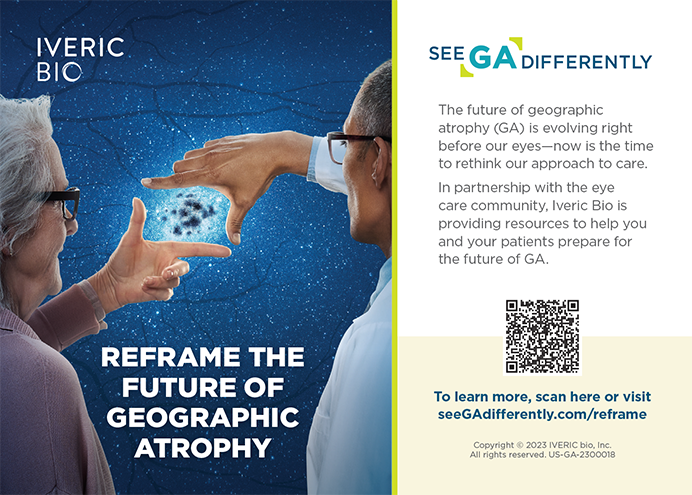Surgical procedures that compromise the integrity of the corneal surface disrupt the nerves that supply sensation to this vital refractive tissue, often resulting in varying symptoms of irritation that are interpreted, sometimes erroneously,1,2 as postoperative dry eye. Surgeons have attempted, with little success, to influence the effect of LASIK on stromal and subbasal nerve fibers by altering the position of the flap's hinge.3-7 Despite the preservation of nerves inside the hinge, the remaining subbasal nerves are cut at the flap's margin.
During PRK, surgeons destroy the subbasal plexus when they ablate the cornea with the excimer laser. Patients regain corneal sensation only after the nerves regenerate. One study in rabbits suggests that the topical application of nerve growth factor8 could expedite corneal re-innervation, but the results are very preliminary.
For the past several years, William M. Bourne, MD, and his colleagues at the Mayo Clinic in Rochester, Minnesota, have followed a series of patients who underwent LASIK (n = 16) or PRK (n = 18) to determine how quickly their corneal nerves regenerate and to what extent the choice of procedure affects the rate of recovery. Dr. Bourne presented the 5-year results of this longitudinal study in Fort Lauderdale, Florida, during the 7th International Congress on Advanced Surface Ablation and SBK.9 This article describes Dr. Bourne's in vivo method for imaging the subbasal corneal nerves and how he is using it to evaluate their rate of recovery after PRK and LASIK.
QUANTIFYING THE DENSITY OF CORNEAL NERVES
To assess the effect of keratorefractive surgery on the regeneration of corneal nerves, Dr. Bourne and his colleagues examined each patient in their prospective, nonrandomized clinical trial with a tandem scanning confocal microscope preoperatively and at predetermined postoperative intervals (1, 3, and 6 months and 1, 2, 3, and 5 years). This device captures digital images of the subbasal nerve plexus (Figure 1A). After obtaining three to six scans of each patient's central cornea, the investigators traced the length of the visible nerve fibers with the NeuronJ analysis program (available at www.imagescience.org/meijering/software/neuronj) (Figure 1B) and used this information to calculate the mean density of subbasal nerves in each image (?m/mm²).
TRACKING THE REGENERATION OF CORNEAL NERVES
Immediately postoperatively, Dr. Bourne and his colleagues observed an almost complete absence of corneal subbasal nerves in both treatment groups10 (Figure 2). By 1 year postoperatively, the subbasal nerves had recovered to approximately 50 of their preoperative density in both groups. After 2 years, however, the subbasal nerves had returned nearly to their preoperative density (approximately 92) only in the patients who had undergone PRK. After LASIK, Dr. Bourne noted, the subbasal nerves regenerated slowly and only approached approximately 80 of their preoperative levels by 5 years postoperatively.11
The reason for the differing rates of recovery between LASIK and PRK is unknown. Dr. Bourne and his colleagues, however, propose that the process takes longer after LASIK, because the severed nerves must pass through the denervated corneal flap before they can establish a new subbasal plexus. In contrast, Dr. Bourne noted, the severed nerves are already near the newly created epithelial-stromal interface after PRK. They therefore encounter fewer obstacles as they regenerate and re-innervate the corneal surface.
CONCLUSION
Despite their successful use of tandem scanning confocal microscopy to image the corneal subbasal plexus and their subsequent quantification of the density of corneal nerves before and after keratorefractive surgery, Dr. Bourne and his colleagues emphasized that morphology does not equal function. Tandem scanning confocal microscopy only shows the distribution and density of subbasal nerves in the cornea, he stated; it does not necessarily provide information about the regenerated nerves' ability to regulate the production of tears or supply sensory feedback.
The research described herein is supported by the National Institutes of Health grant No. EY02037, Research to Prevent Blindness, and the Mayo Foundation.
William M. Bourne, MD, is Professor of Ophthalmology at the Mayo Clinic in Rochester, Minnesota. He acknowledged no financial interest in the products or companies mentioned herein.


